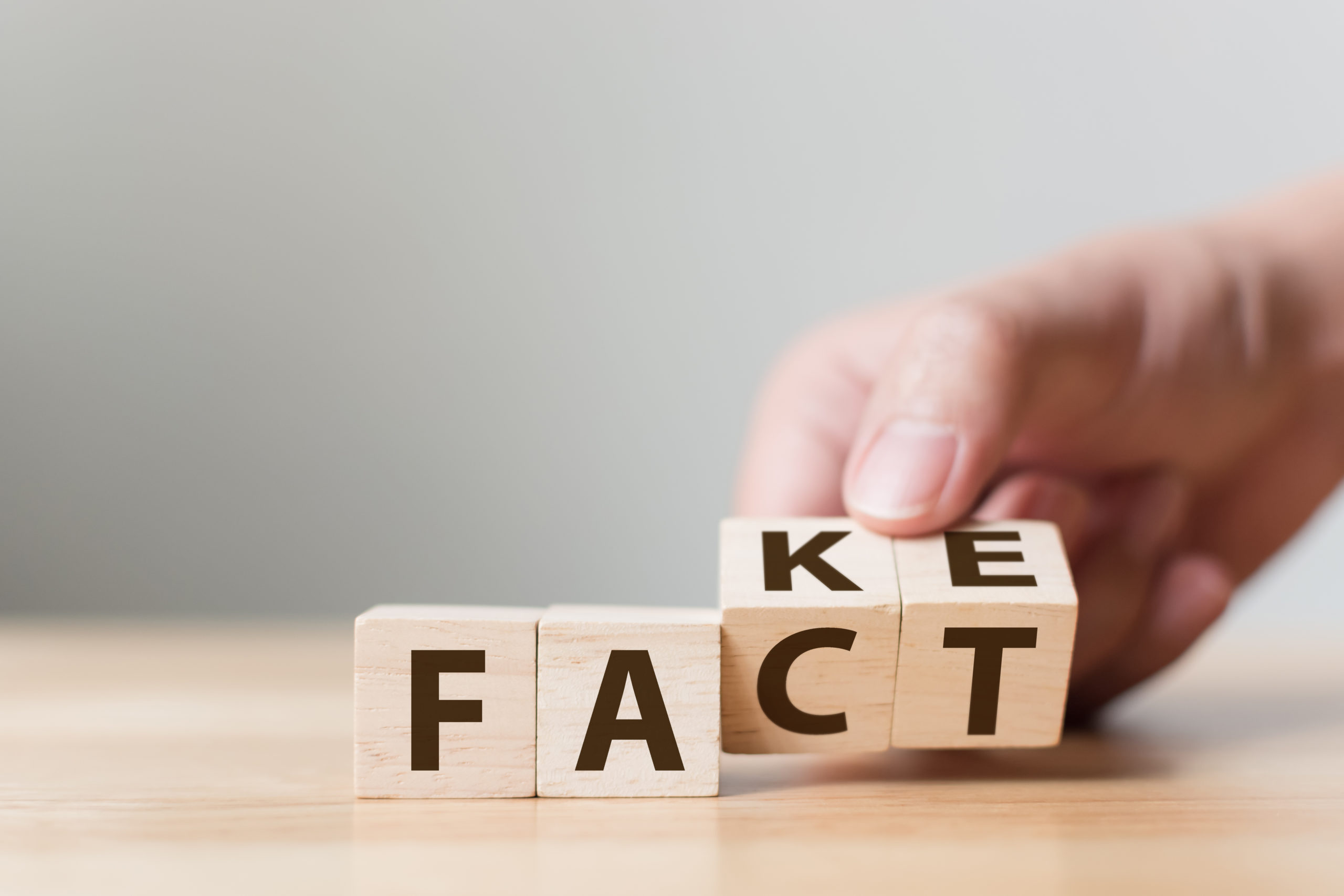Whether it’s satirical April Fool’s Day articles, AI-generated misinformation, or propaganda, distinguishing fact from fiction has become increasingly challenging in today’s digital age. This guide offers essential tools and strategies to help navigate the digital landscape, empowering readers to discern truth from deception and mitigate the impact of fake news on informed decision-making.
Media can easily be used to mislead or manipulate audiences, especially today with the rise of social media and the market for advertising relying on quantity of clicks rather than quality of content. The danger of fake news – news articles that are intentionally and verifiably false but designed to manipulate people’s perceptions of reality – may lie in people’s inability to recognize fake news, as recent studies have suggested.
Sometimes misinformation may come from honest mistakes. Newspapers sometimes publish errata (a list of errors discovered after printing), politicians sometimes admit they were wrong, and even new findings in science prove certain accepted theories to be (in)correct. When a publication or person of authority redacts errors, this should be commended; however, this may not be as useful as we might expect. A recent study by Scientific American found that people may tend to only retain information from their first encounter with this information, even if later corrected. ‘Even if you understand, remember, and believe the retractions, this misinformation will still affect your inferences,’ says psychologist Ullrich Ecker to American Scientist, an author of the study. This means that even if you accept a retraction, your judgement and memory of events may still be affected.
Why is Fake News Bad?
Deliberate untruths or stories that contain some truth but aren’t completely accurate by accident or design can have negative consequences for your personal, professional, and scholastic life. In work, fake news can harm learning culture and help spread rumours and mistrust, which may develop into an unproductive atmosphere in the workplace. In college and university, using sources that do not contain quality information can negatively affect grades. At home, confirmation biases developed from fake news may cause social conflict between friends, communities, and loved ones. On the extreme side of things, there are incidents such as Pizza Gate, where a man from North Carolina shot three bullets with a semi–automatic rifle inside a pizza shop in Washington DC. After reading false claims online, the gunman believed that the fast food restaurant and top ranking officials from the Democratic party were involved in human trafficking and a child sex ring and convinced himself to be the hero in the situation.
Where has Fake News Come From?
The spread of misinformation is not a new phenomenon; however, it has become far more prevalent in the last decade. Some scholars posture that tech companies such as Facebook and Google have gained full control of – and monopolised – the online advertising market. This has led to a pay-as-you-go business model, in which advertisers are only charged when a page is viewed or clicked on. This ensures that social media companies have no incentive to play the role of gatekeepers of truth.
How to Spot Fake News
So what can you do to help spot fake news and avoid being misinformed? We’ve compiled a list of things to look out for and common mistakes that people may make when compiling information online so that you can stay safe while browsing the web.
- Consider the source – is the website you’re on reliable? Do they make money from you clicking their article? Would they benefit if something in the article is true? Make sure to check the website’s mission statement and contact info.
- Images are not evidence (most of the time) – pictures can be misleading, and a large problem with fake news is that people believe that the picture that they see whilst reading an article is not just an image taken from Shutterstock.
- Develop a critical mindset – this is not a licence to be cynical, but question what you are reading and don’t believe anything unless there is sufficient, reliable, trustworthy evidence to back it up. If it’s too good to be true, it usually is.
- See who else is reporting the story – can you only find one website that is reporting on this event? Have all of the corporate news agencies missed this fascinating story? Probably not.
- Read beyond the headline – does the headline of the story describe what actually happened in the article, or are they emphasising a small and less important part of the whole picture?
- Check your biases – consider if your own beliefs could affect your judgement.
- Is it a joke? – finally, if the article seems a bit too crazy, it could be satire – everyone needs a bit of laughter.





Comments are closed for this article!